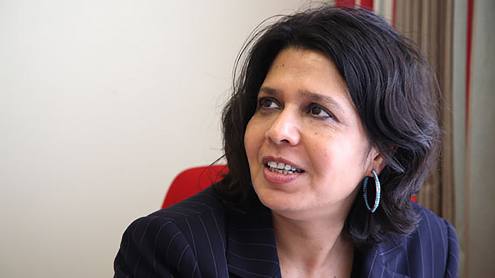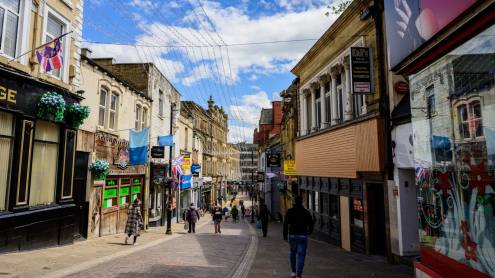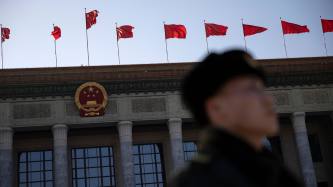The 27th annual meeting of the European Bank for Reconstruction and Development (EBRD) in Jordan underlines the evolution of the bank – and where its future lies.
From a development institution focused on rebuilding post-communist countries – especially in central and eastern Europe and the former Commonwealth of Independent States – 2018’s EBRD has a broadened scope. This includes Turkey and the 'southern and eastern Mediterranean' – others might call it parts of the Middle East and north Africa – comprising Egypt, Jordan, Lebanon, Morocco, Tunisia, as well as the West Bank and Gaza.
And to stress the importance of this region, the EBRD chose to hold its 2018 annual meeting at the heart of the Middle East, at the Dead Sea in Jordan. This comes as about €1bn of funds has been made available for projects in Jordan since it became a country of operation in 2012, and as nearby Lebanon, the West Bank and Gaza received their first EBRD investments in 2017.
Egypt is now the second largest EBRD country of operations by investment volume
Overall, the EBRD invested more than €2.1bn in 60 projects in the southern and eastern Mediterranean in 2017, in renewable energy, infrastructure, agribusiness and small and medium-sized enterprises. This, together with the funds disbursed for projects in Turkey, accounted for some 37% of all EBRD investments in 2017 (which hit a new record of €9.7bn).
Egypt is now the second largest EBRD country of operations by investment volume, with total projects of more than €1.4bn financed in 2017. It comes behind Turkey at €1.5bn (a contraction from the near €2bn in 2015 and 2016), which has been receiving the majority of EBRD funds since 2014. Turkey took over from Russia, which used to be the recipient of the largest annual EBRD funds before tensions arose over the government’s involvement in Ukraine.
With Russia out of the picture and financing requirements in the EBRD’s 'traditional' countries declining (thanks to increasing alignment with and funds from the EU), the Middle East and north Africa might well be where the bulk of the EBRD’s future projects and earnings potential lie.











